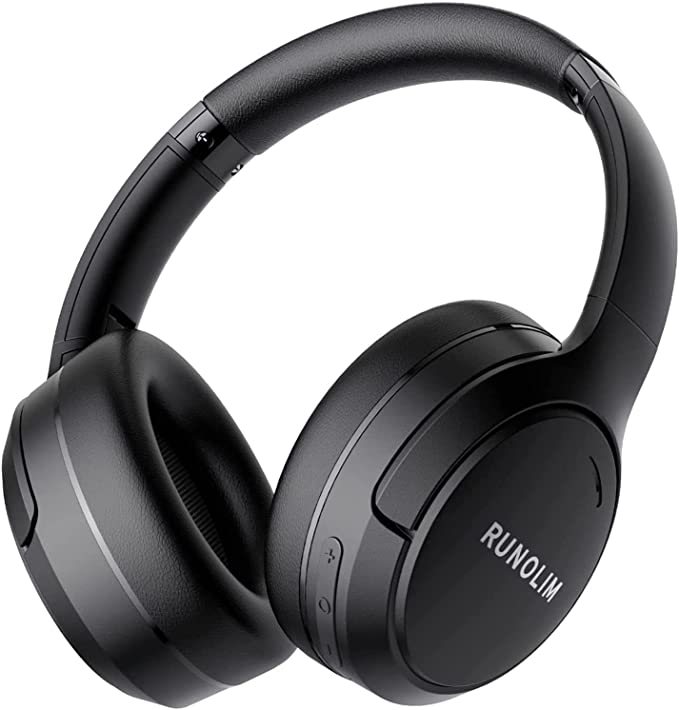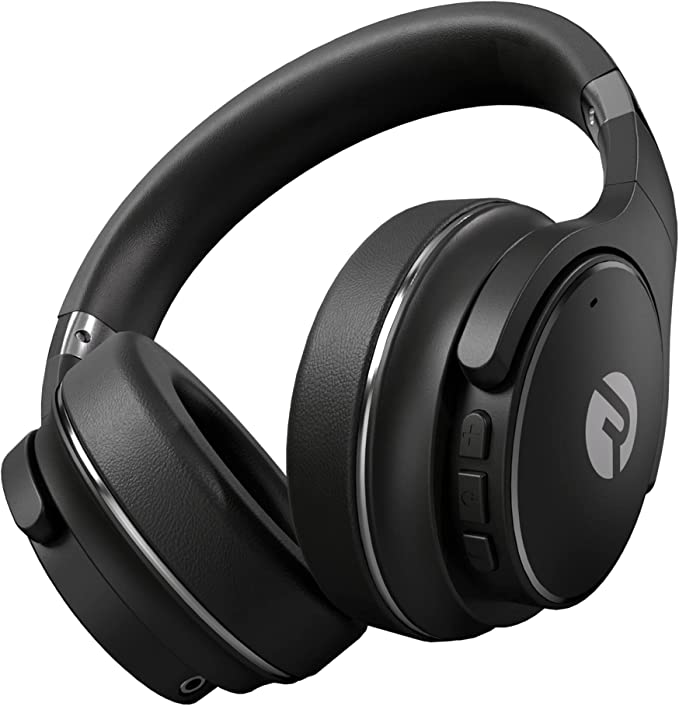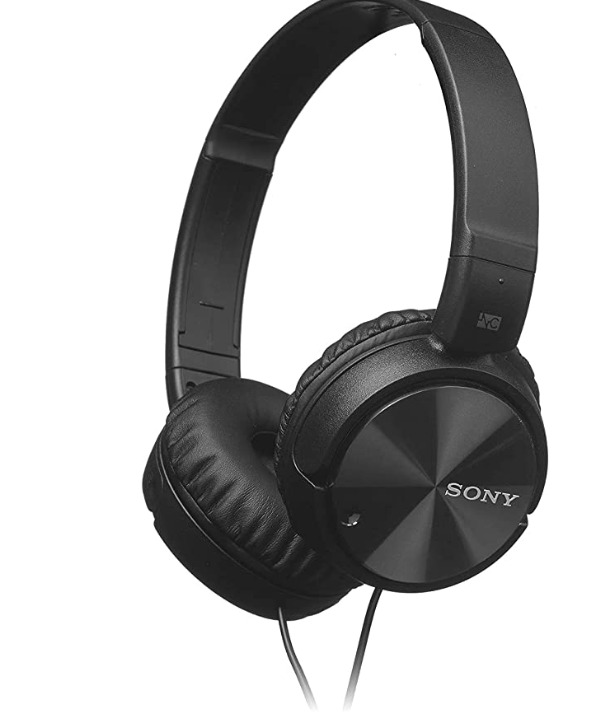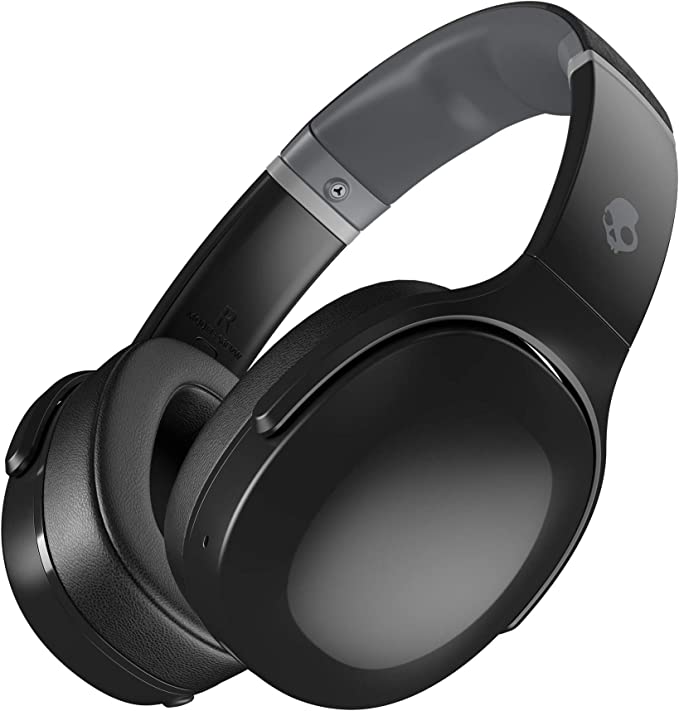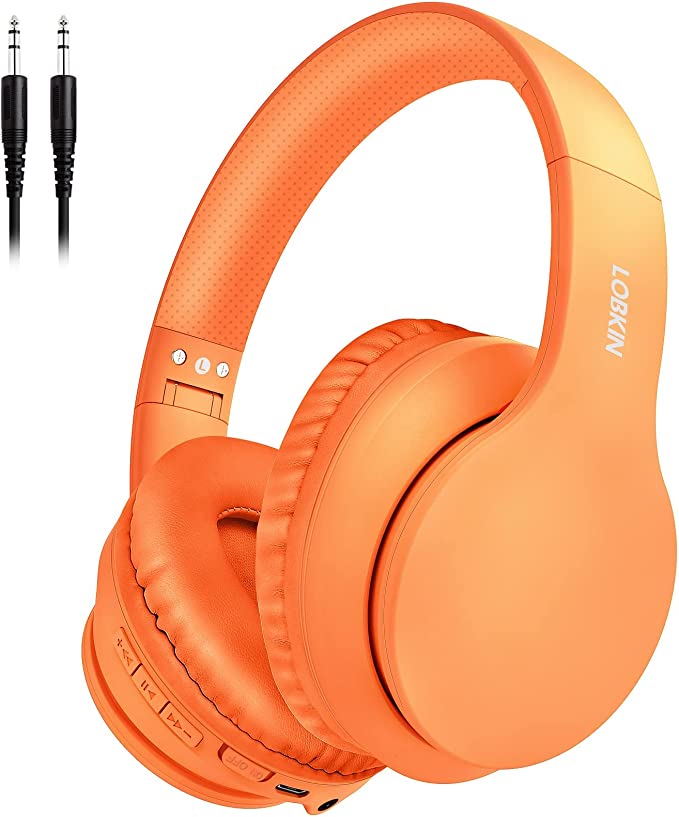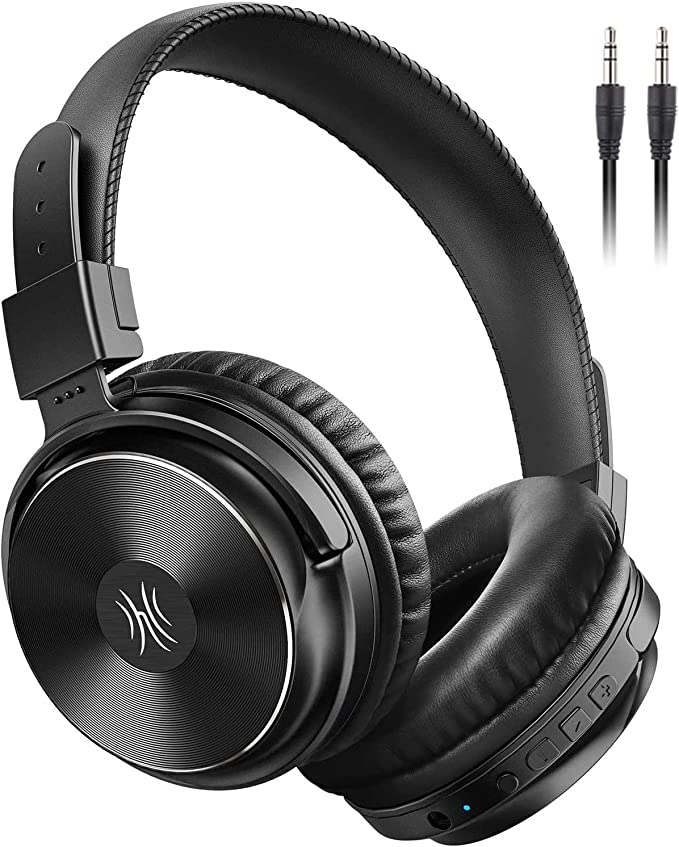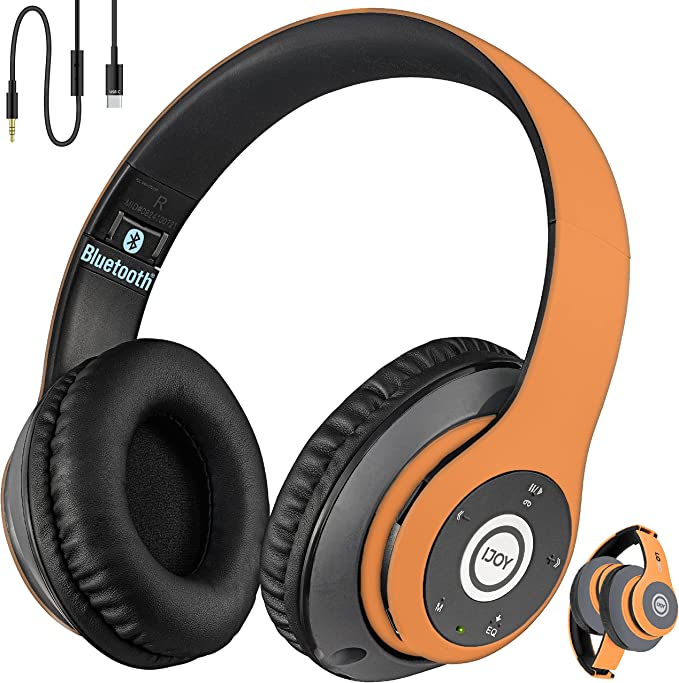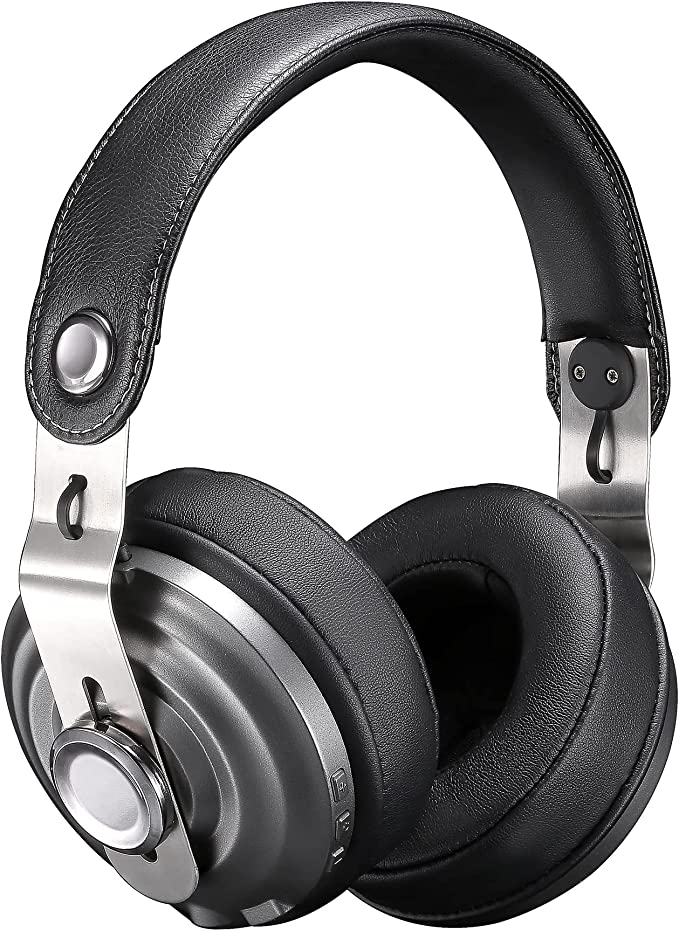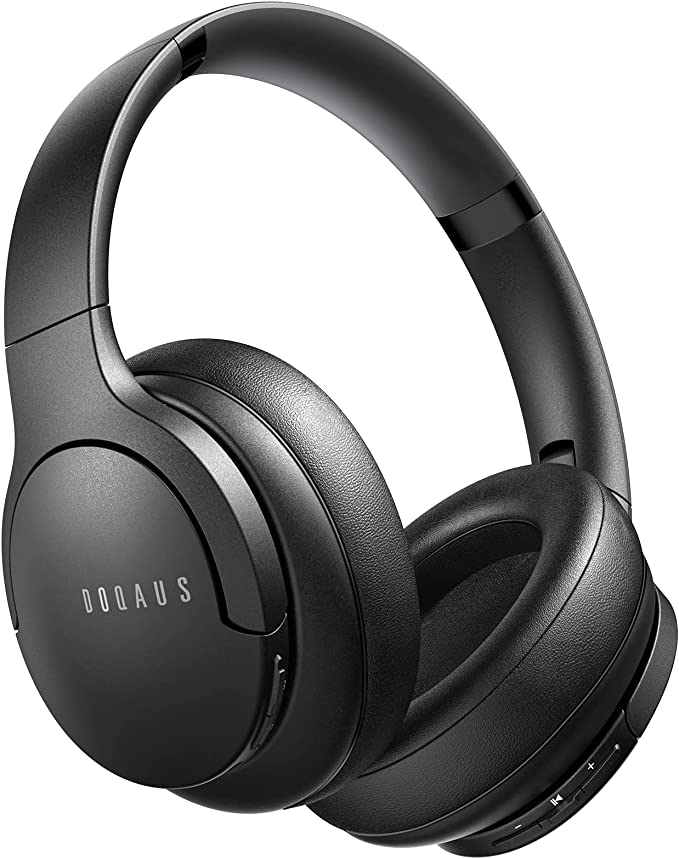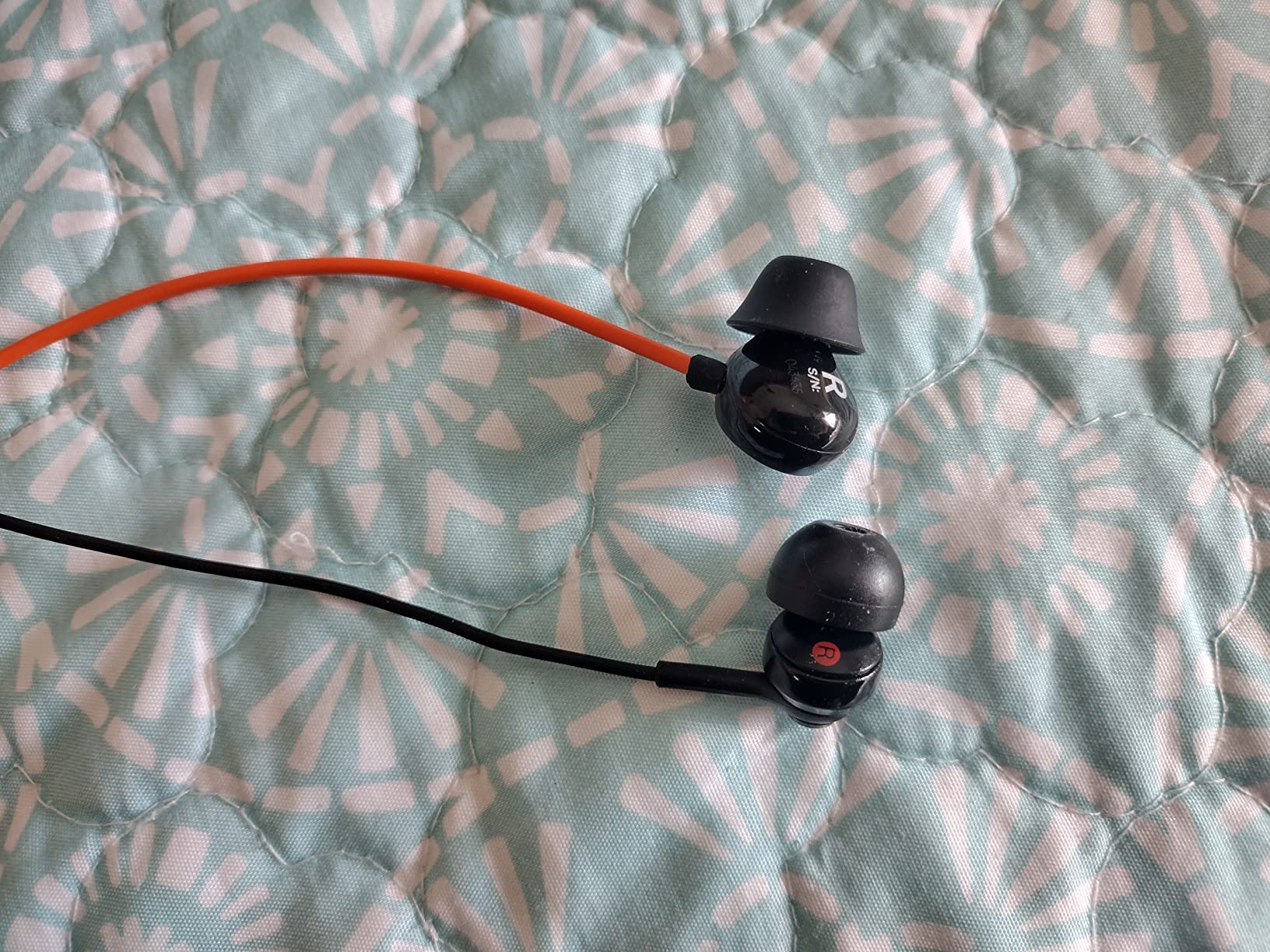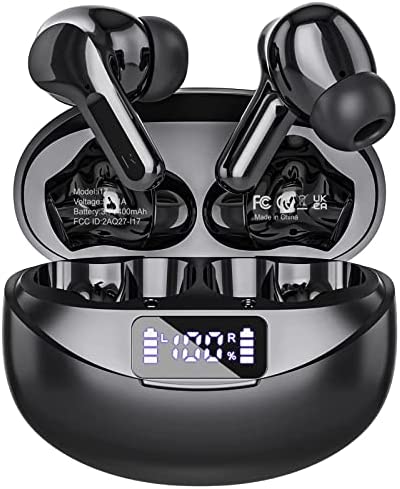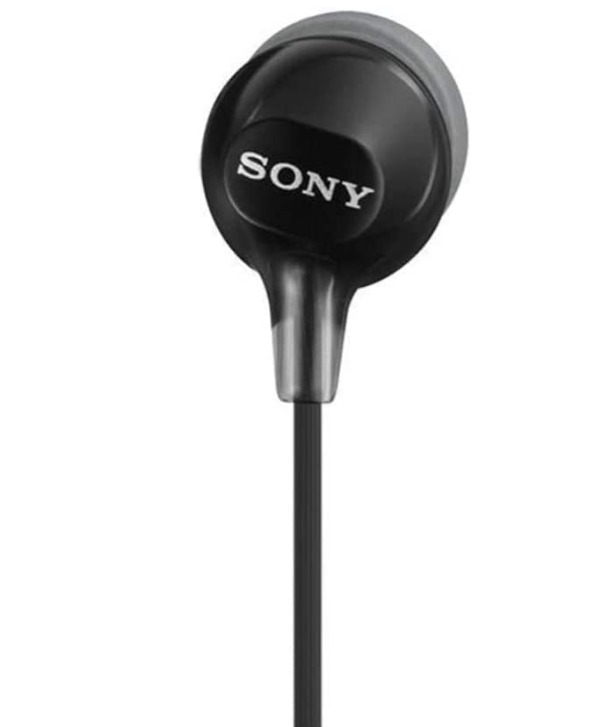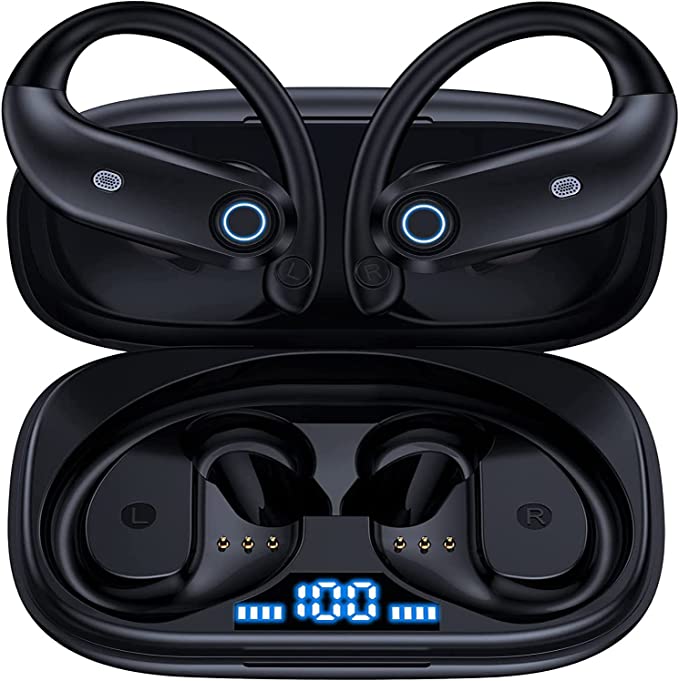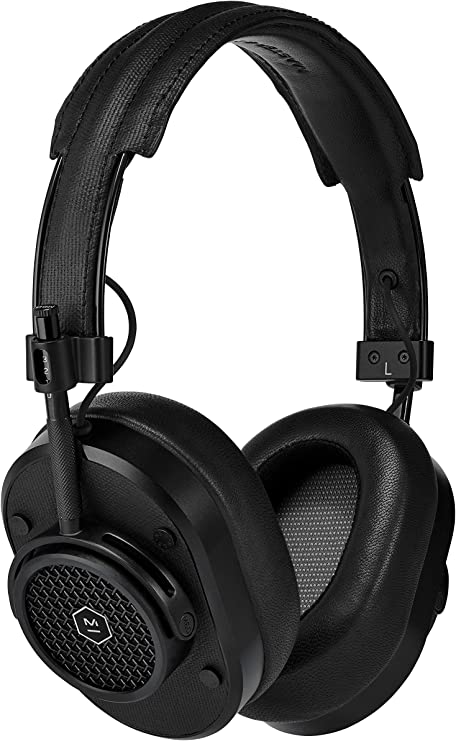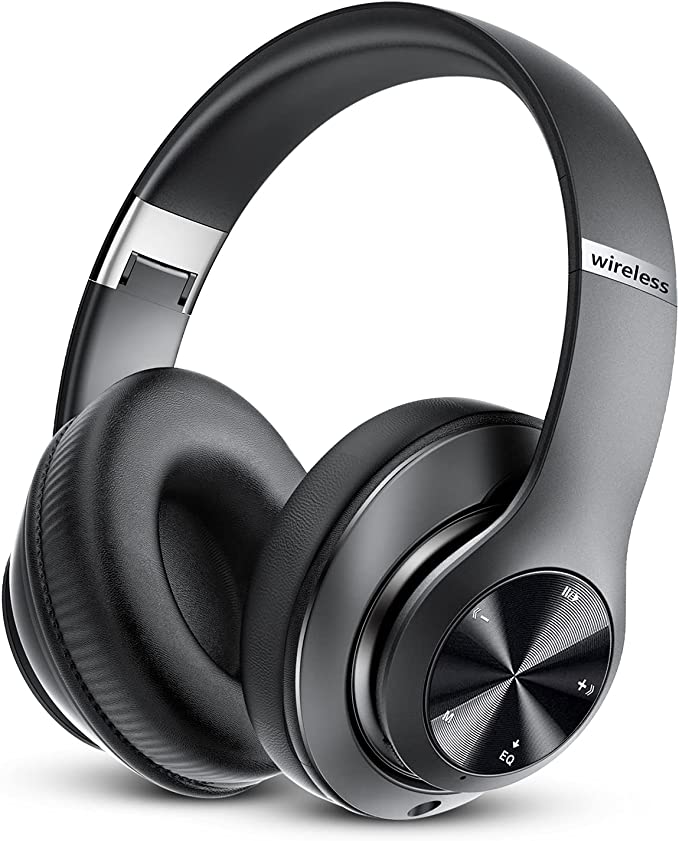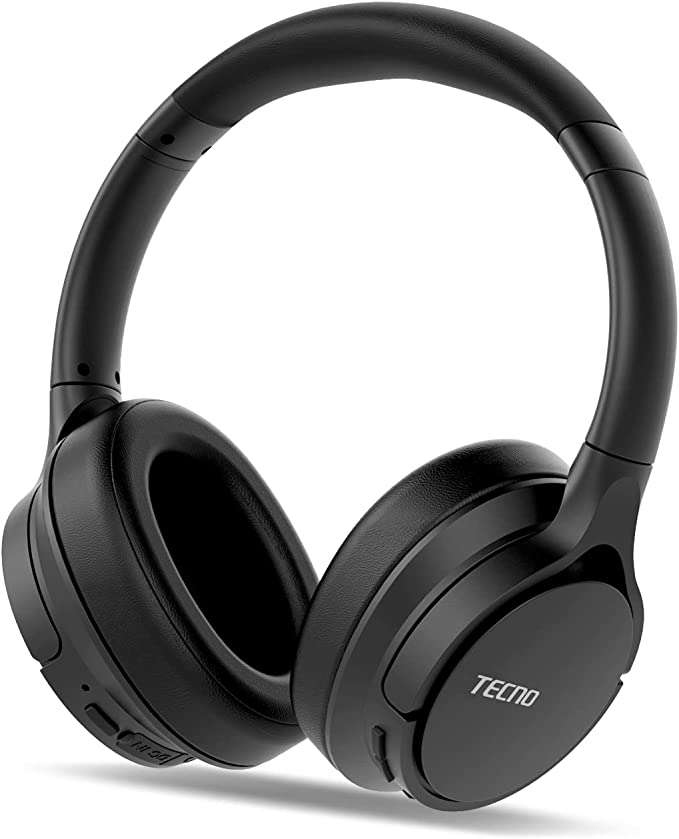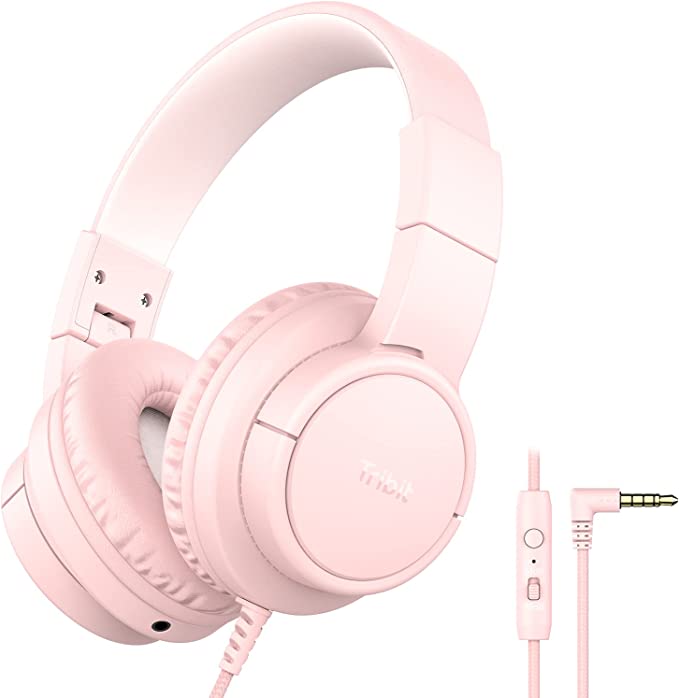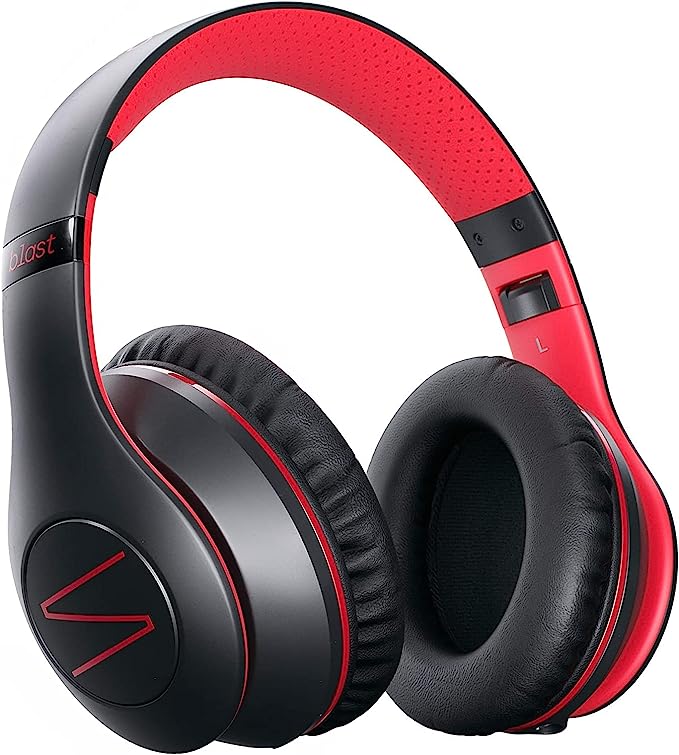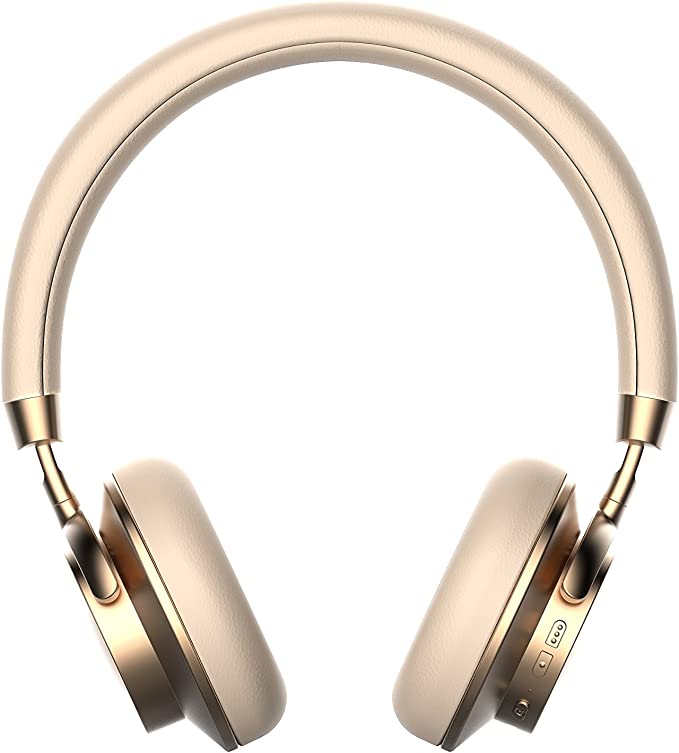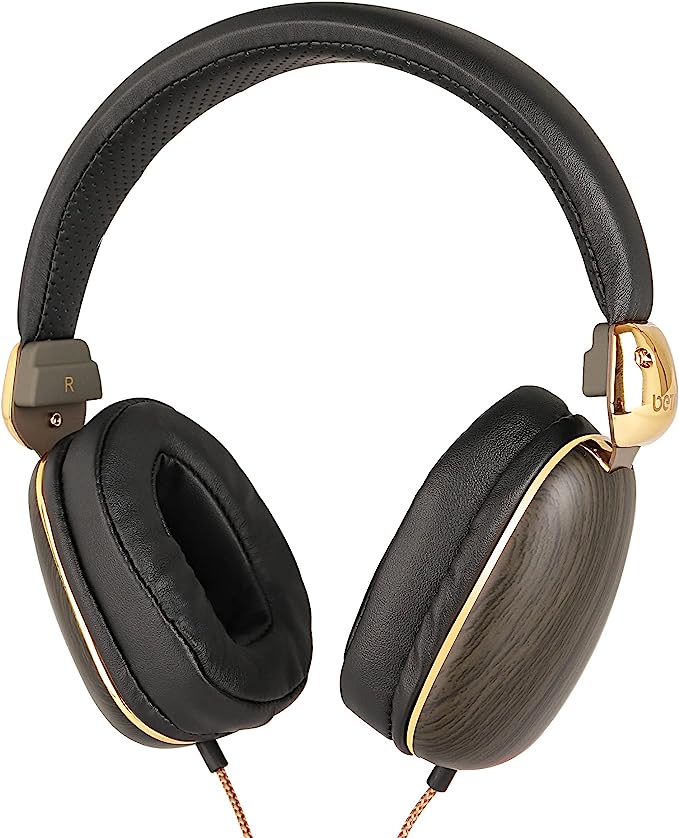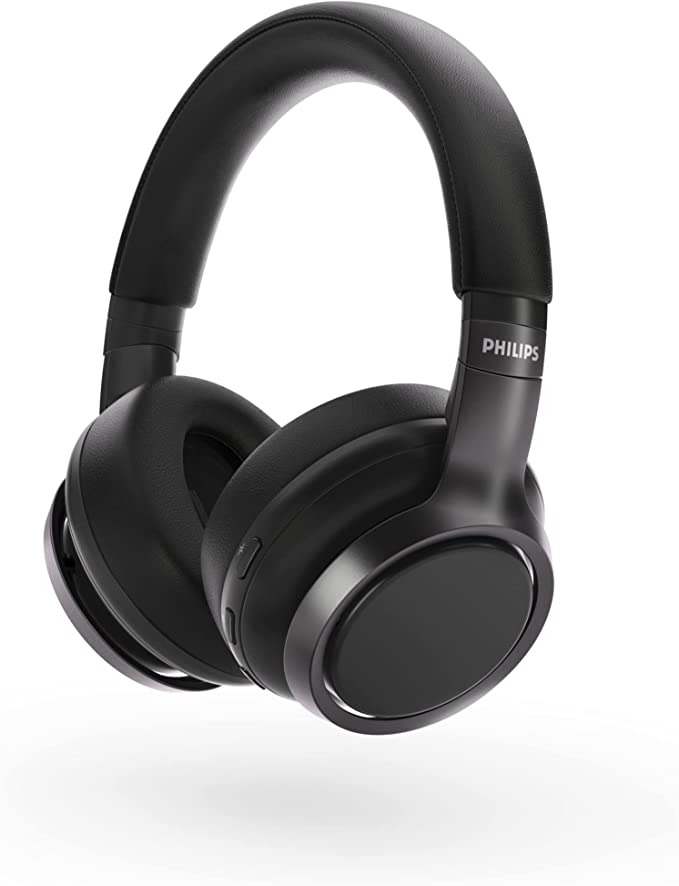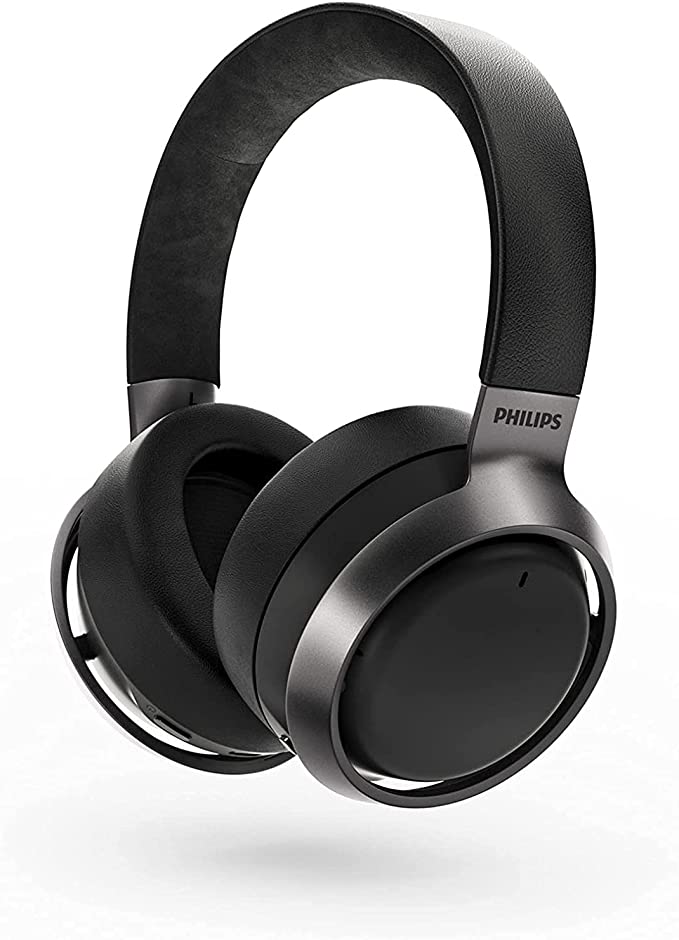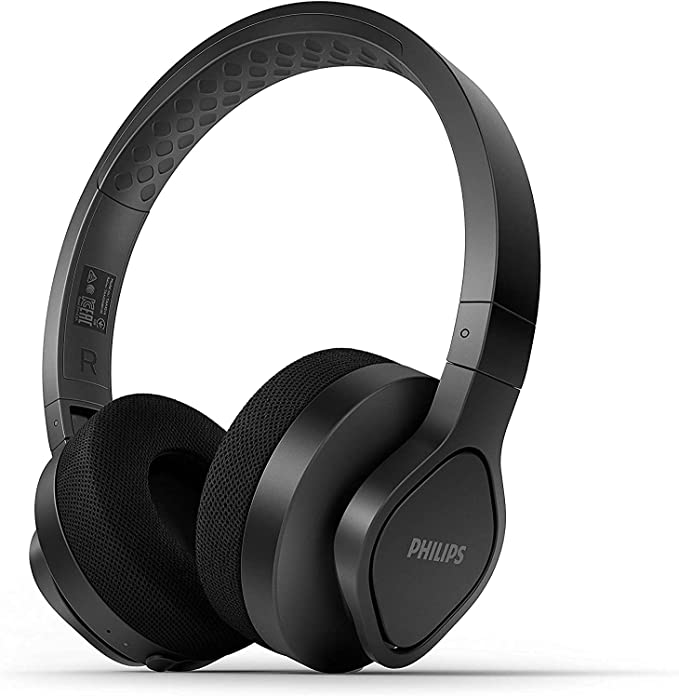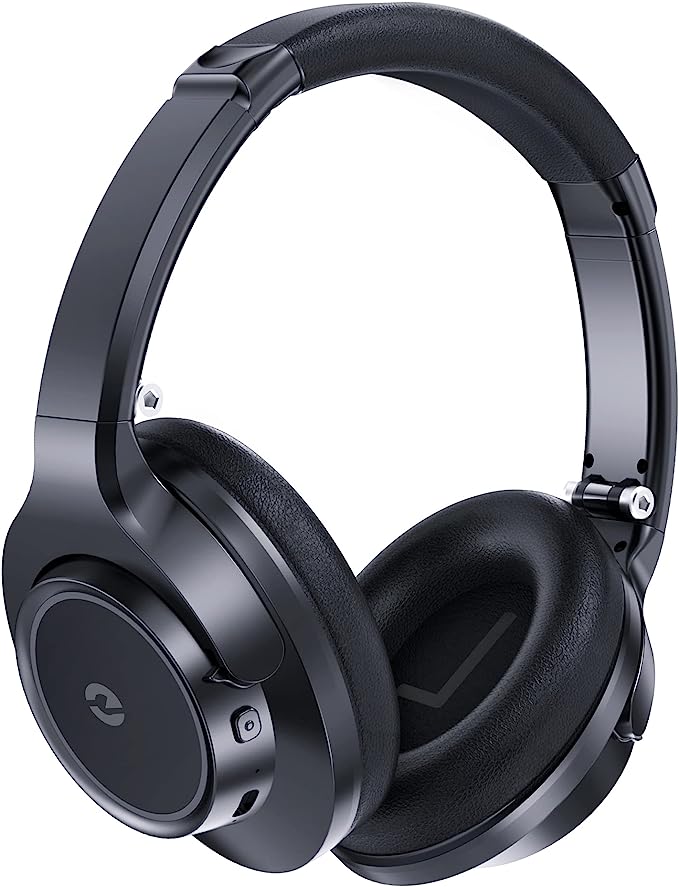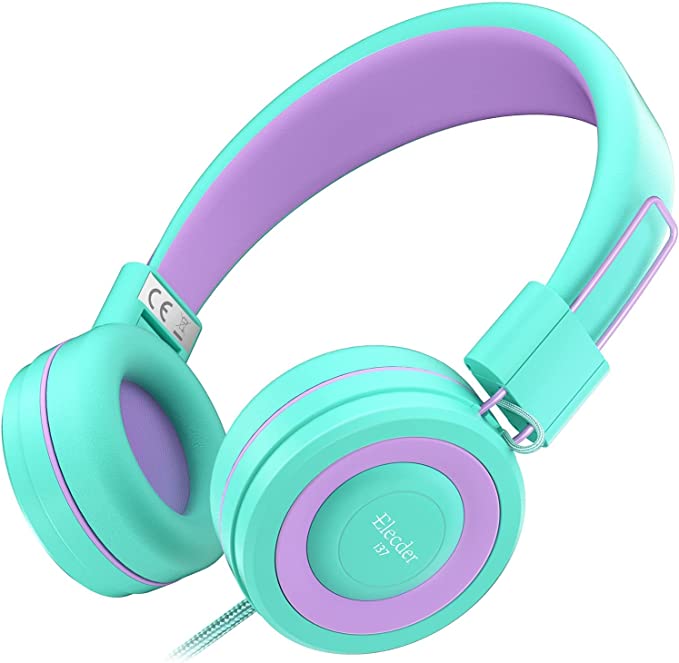Decoding Budget Headphones: How to Find Great Sound Without Breaking the Bank
Update on Nov. 14, 2025, 2:41 p.m.
In the vast sea of consumer electronics, the market for budget-friendly over-ear headphones is particularly turbulent. For every hidden gem, there are a dozen duds, all armed with impressive-sounding technical specifications that can be difficult to decipher. How can you, as a savvy consumer, distinguish genuine engineering value from mere marketing hype?
The key is to learn the language. Instead of getting swayed by buzzwords, we need to understand the core principles of headphone design and how they translate to real-world experience. This guide will equip you with that knowledge. We’ll deconstruct the three pillars of a great budget headphone—sound, comfort, and endurance—using a popular and well-regarded model, the TUINYO TP 19, as our practical case study to illustrate these concepts.

1. The Sound Engine: What “40mm Neodymium Drivers” Actually Mean
At the heart of any headphone is the driver—the miniature speaker responsible for converting an electrical signal into the sound waves you hear. When you see a specification like “40mm neodymium driver,” as found in the TUINYO TP 19, you’re looking at two critical clues to its audio potential.
The “40mm” Diameter: The size of the driver, measured in millimeters, indicates the diameter of its diaphragm. Think of this diaphragm as a piston moving air; the larger its surface area, the more air it can move. This is especially important for reproducing low-frequency sounds. A larger driver, like a 40mm unit, generally has an inherent advantage in producing a fuller, more impactful bass response compared to the tiny drivers found in most earbuds. This physical reality is often why over-ear headphones are favored by those who enjoy a rich, “booming” low end in their music.
The “Neodymium” Magnet: This refers to the type of magnet used in the driver’s motor structure. Neodymium is a powerful rare-earth magnet that allows engineers to create a strong magnetic field in a very small and lightweight package. Why does this matter? A stronger magnet provides more precise control over the diaphragm’s movement. This leads to several benefits: * Efficiency: The driver can produce more volume with less power, which contributes to longer battery life. * Clarity: Tighter control over the diaphragm reduces unwanted vibrations and distortion, resulting in clearer sound. * Dynamic Response: The driver can react more quickly to changes in the audio signal, delivering a “snappier” and more dynamic sound.
When you combine a large 40mm driver with the power of neodymium magnets, you have the recipe for a sound signature that can deliver the “High Fidelity stereo sound with deep bass” that many budget headphones promise.
2. The Comfort Equation: Deconstructing “Memory-Protein Earmuffs”
A headphone’s sound is irrelevant if you can’t stand to wear it for more than 20 minutes. The science of ergonomics is paramount, and the materials used are a primary component. The TUINYO TP 19 highlights its “soft memory-protein earmuffs,” a term that points to two key comfort-enhancing elements.
Memory Foam: Originally a NASA innovation, viscoelastic foam has the unique property of deforming under pressure and slowly returning to its original shape. When used in earcups, it molds perfectly to the unique contours around your ears. This does two things: it distributes pressure evenly, dramatically reducing the “clamping” feeling that causes soreness during long listening sessions, and it improves the physical seal against your head.
“Protein” Leather: This is a marketing term for a high-grade, soft synthetic leather (usually polyurethane). It’s designed to mimic the texture of skin, providing a softer and less “plasticky” feel. Together with memory foam, these materials create an earcup that is both plush and effective at creating passive sound isolation.
This brings us to a crucial distinction. The TP 19 explicitly states “Noise Control: None,” meaning it does not have Active Noise Cancellation (ANC). The “noise cancellation” many users praise comes from this well-executed passive noise isolation—the physical barrier the earcups create. By forming a good seal, they naturally muffle a significant amount of ambient sound, allowing you to stay immersed in your audio without needing to turn the volume up to unsafe levels.

3. The Marathon of Endurance: Understanding Battery Life and Dual-Mode Functionality
For a wireless device, freedom is measured in hours. The TUINYO TP 19 boasts an impressive 40-hour playtime, powered by an 800mAh battery. Let’s put that into context. The “mAh” (milliampere-hour) rating is a measure of electrical charge capacity. A higher number generally means more energy storage.
An 800mAh battery is quite substantial for a pair of headphones and is the primary reason for such a long total playtime. This means that, depending on your daily usage, you might only need to charge the headphones once a week. This focus on endurance is a hallmark of a well-designed product for the modern user.
Furthermore, the inclusion of a wired mode via a standard 3.5mm jack provides an essential fail-safe. If the battery does run out, you’re not left in silence. You can simply plug in the included cable and continue listening. This dual functionality is a significant value-add, offering universal compatibility with older devices and a guarantee of uninterrupted listening during long journeys.
Putting It All Together: From Specs to Value
When you learn to decode the specifications, a product like the TUINYO TP 19 transforms from a list of features into a story of intentional design choices.
The 40mm neodymium drivers signal a focus on delivering a powerful, bass-forward sound that appeals to mainstream music listeners. The memory-protein earmuffs and adjustable steel headband reveal a commitment to long-term wearing comfort and effective passive sound isolation. The large 800mAh battery underscores a design philosophy centered on user convenience and eliminating battery anxiety. While user feedback suggests that the plastic build and long-term durability may be a compromise for the price, the overwhelmingly positive response on core features like battery life and comfort indicates a successful value proposition.
By understanding these fundamentals, you are no longer just a consumer; you are an informed analyst. You can now look at any budget headphone’s spec sheet and see beyond the hype, recognizing the tangible engineering decisions that will ultimately shape your listening experience.
